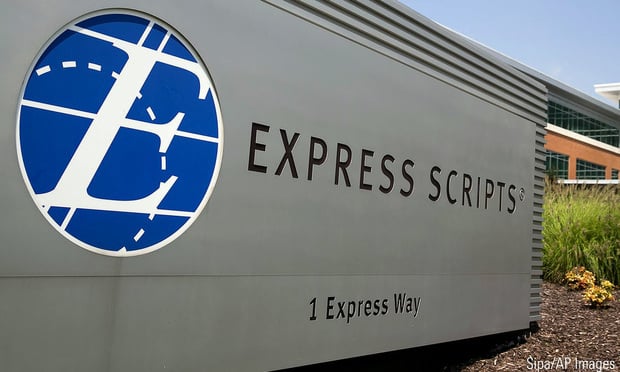The federal government issued final regulations that provide guidance for individuals who enroll in qualified health plans through health exchanges and claim the premium tax credit, and for exchanges that make qualified health plans available to individuals and employers.
Mandated by the PPACA, the credit applies to individuals and families who are enrolled in insurance exchanges and whose income is between 100 percent and 400 percent of the federal poverty level. In 2011, families of four with incomes of $22,350 to $89,400 could have qualified for the credit, officials say.
And—citing estimates from the Congressional Budget Office—the average credit for eligible individuals and families could be about $5,000 per year, officials say.
Recommended For You
The Treasury Department estimates the tax credit will help provide coverage for nearly 20 million middle-income Americans. Here's what else they say.
Some key need-to-knows
Larger tax credits for older Americans who face higher premiums. The amount of the premium tax credit is tied to the amount of the premium, so that older Americans who face higher premiums can receive a larger tax credit.
Cost-Effective Coverage. The amount of the premium tax credit is generally fixed based on a benchmark plan (which may be age- adjusted within PPACA limitations), so families that choose to purchase coverage that is less expensive than the benchmark plan will pay less toward the cost of that coverage.
Credit is refundable. The premium tax credit is fully refundable, so even moderate-income families who may have little federal income tax liability (but who may pay a higher share of their income towards payroll taxes and other taxes) can receive the full benefit of the credit, officials say.
Covers premiums upfront. Since many low- and moderate-income families may not have sufficient cash on hand to pay the full premium upfront, an advance payment of the premium tax credit will be made by the Department of the Treasury directly to the insurance company. This advance payment will assist families to purchase the health insurance they need.
How it works
Eligibility:
- As mentioned, household income must be between 100 percent and 400 percent of the federal poverty level.
- Covered individuals must be enrolled in a "qualified health plan" through an affordable insurance exchange.
- Must be legally present in the United States and not incarcerated.
- Must not be eligible for other qualifying coverage, such as Medicare, Medicaid, or affordable employer-sponsored coverage.
Credit amount: The credit amount is generally equal to the difference between the premium for the "benchmark plan" and the taxpayer's "expected contribution."
The expected contribution is a specified percentage of the taxpayer's household income. The percentage increases as income increases, from 2 percent of income for families at 100 percent of the federal poverty level to 9.5 percent of income for families at 400 percent of FPL. (The actual amount a family pays for coverage will be less than the expected contribution if the family chooses a plan that is less expensive than the benchmark plan.)
The benchmark plan is the second-lowest-cost plan that would cover the family at the "silver" level of coverage.
The credit is capped at the premium for the plan the family chooses (so that no one receives a credit that is larger than the amount they actually pay for their plan).
Special rules: The credit is advanceable, with advance payments made directly to the insurance company on the family's behalf. At the end of the year, the advance payments are reconciled against the amount of the family's actual premium tax credit, as calculated on the family's federal income tax return. Any repayment due from the taxpayer is subject to a cap for taxpayers with incomes under 400 percent of FPL.
HSAs and HRAs
An employer that fails to offer affordable health coverage to an employee will be required to pay a "shared responsibility" penalty for the employee. The IRS has suggested that an employer might have to pay the penalty if the employee's share of the cost of the employer's cheapest plan exceeds 9.5 percent of the employee's W-2 pay from that employer.
Officials say they will not include employer HSA contributions when determining whether the employer's coverage is affordable. They also won't include amounts available through an HRA that may be used only to reimburse medical expenses other than the employee's required share of the cost of employer-sponsored coverage.
Other rules might be spelled out in information published later.
© 2025 ALM Global, LLC, All Rights Reserved. Request academic re-use from www.copyright.com. All other uses, submit a request to [email protected]. For more information visit Asset & Logo Licensing.







